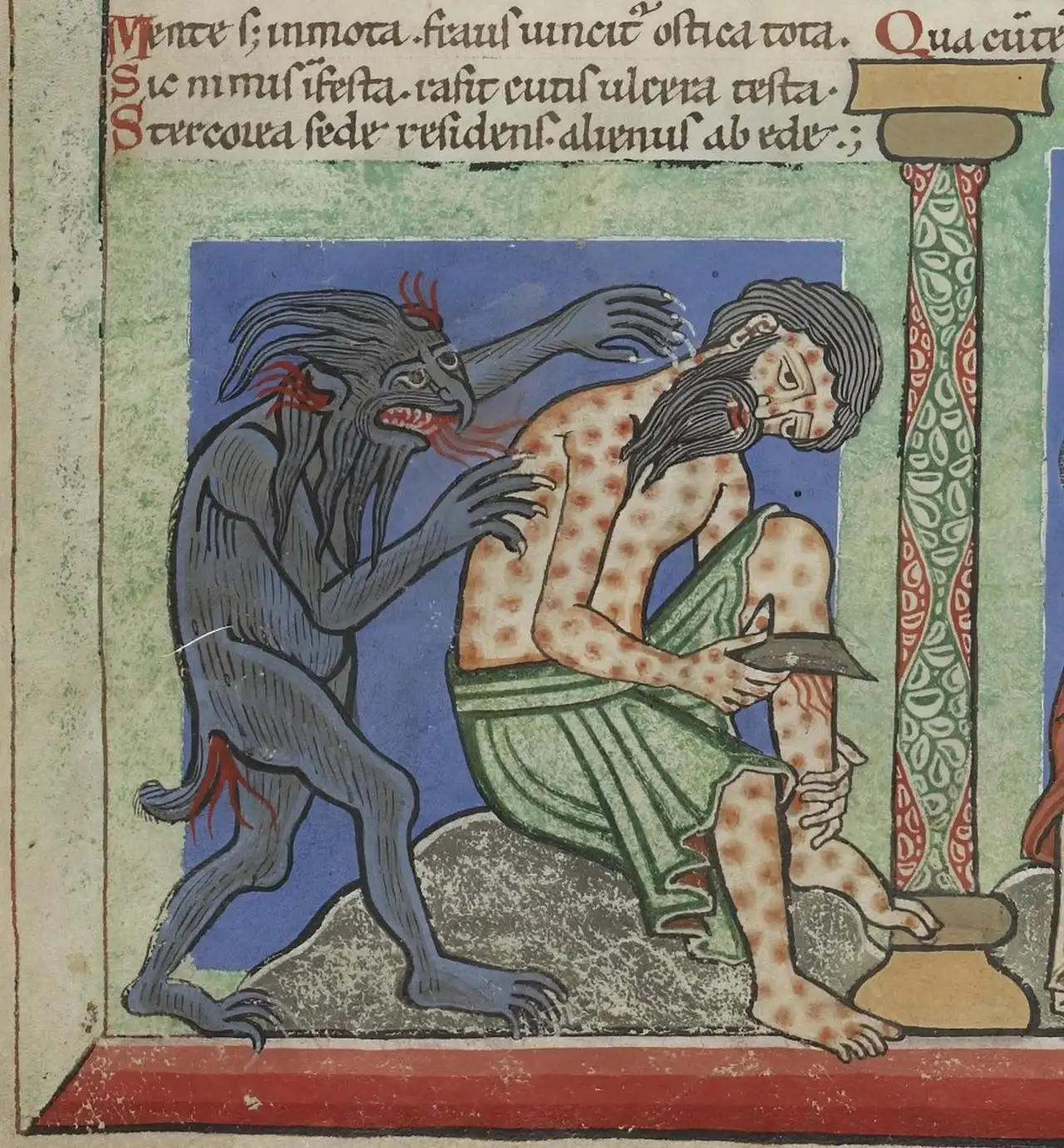For centuries, leprosy, also known as Hansen’s disease, was believed to have been brought to the Americas by European colonists or enslaved Africans. But a study published in the journal Science challenges that assumption. An international team of researchers has discovered that a previously unknown bacterium, Mycobacterium lepromatosis, was present in the Americas at least 1,000 years before European contact, thereby altering the global history of the disease.
The study analyzed nearly 800 ancient and modern DNA samples from North and South America. The scientists found M. lepromatosis in human remains found in widely separated locations.
M. lepromatosis was first discovered in 2008 by Dr. Xiang-Yang Han and colleagues at the University of Texas MD Anderson Cancer Center after they found it in two patients from Mexico. Since then, cases of the disease have been reported across the Americas, with isolated cases in Asia and the UK. Perhaps one of the most mysterious discoveries came in 2016, when veterinarians found M. lepromatosis in red squirrels on the British Isles. Genetic studies suggest that the strain likely originated in the Americas and was introduced to Europe in the 19th century.




















